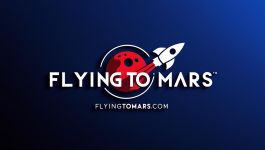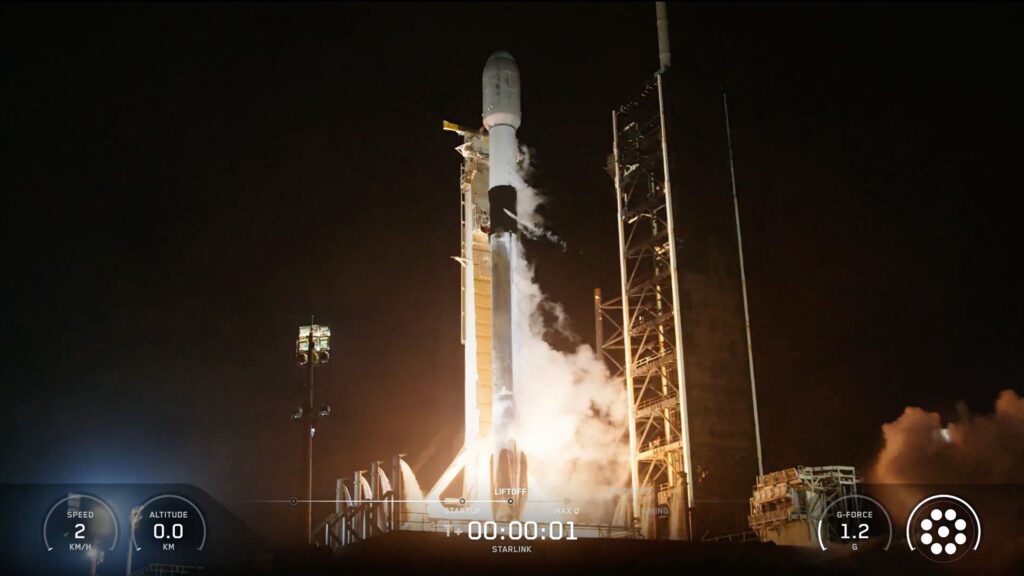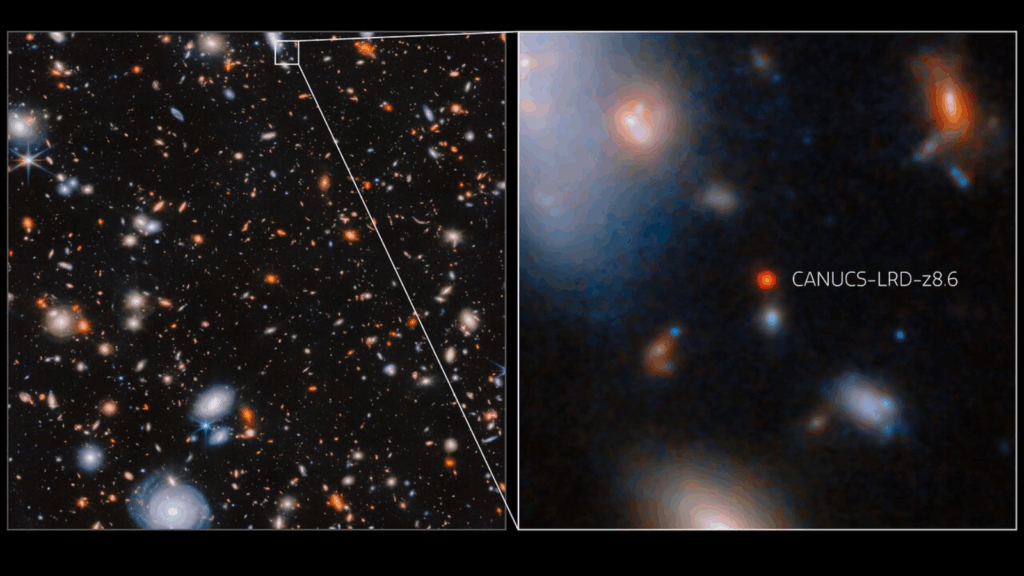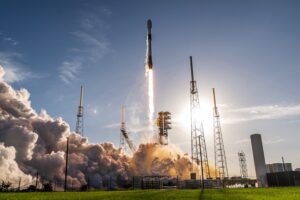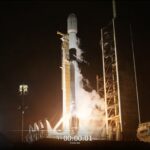Now Reading: Northrop Grumman’s biggest-ever cargo spacecraft arrives at ISS on its debut mission
-
01
Northrop Grumman’s biggest-ever cargo spacecraft arrives at ISS on its debut mission
Northrop Grumman’s biggest-ever cargo spacecraft arrives at ISS on its debut mission

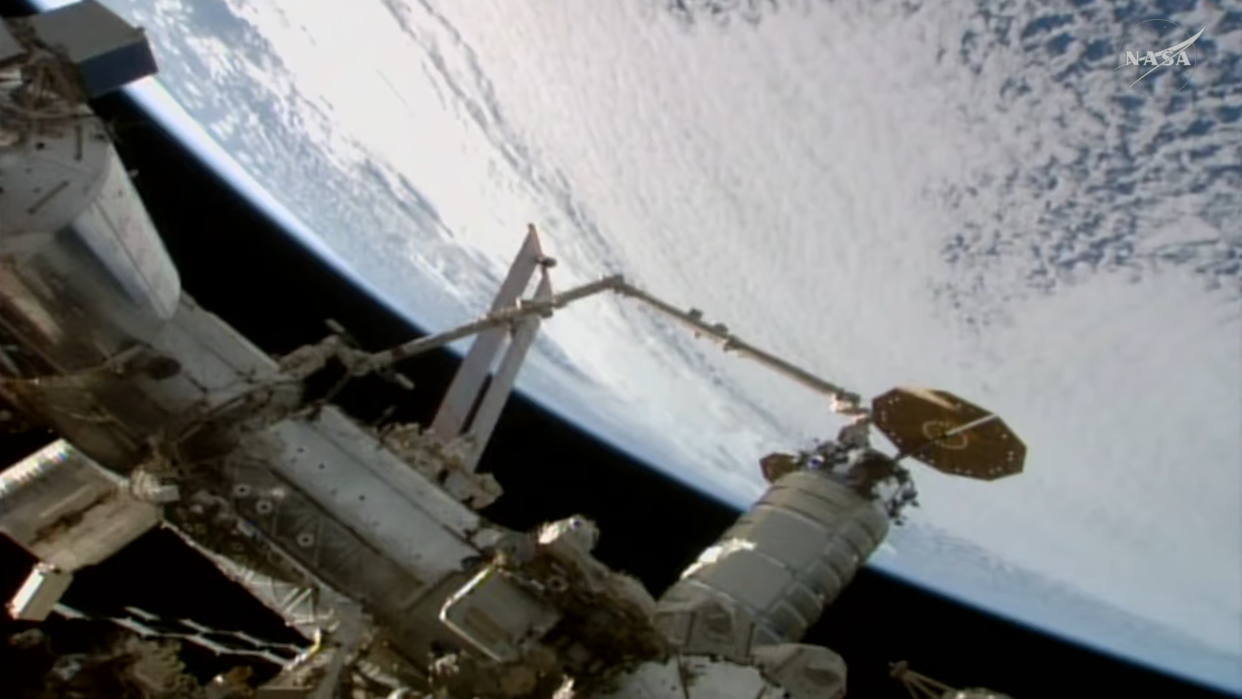
The debut mission of Northrop Grumman’s new jumbo cargo spacecraft is going well.
The Virginia-based company’s first “Cygnus XL” freighter arrived at the International Space Station (ISS) early this morning (Sept. 18), after a one-day delay.
The key moment came at 7:24 a.m. EDT (1124 GMT), when NASA astronaut Jonny Kim used the orbiting lab’s Canadarm2 robotic arm to grapple the Cygnus as the ISS flew about 260 miles (420 kilometers) above the Democratic Republic of Congo.
The Cygnus XL lifted off Sunday evening (Sept. 14), riding a SpaceX Falcon 9 rocket into the skies from Florida’s Cape Canaveral Space Force Station. The launch kicked off the 23rd cargo mission that Northrop Grumman has flown to the ISS for NASA, which explains its name — NG-23.
Not everything went smoothly. The Cygnus XL was supposed to reach the ISS on Wednesday morning (Sept. 17), but that plan was scuttled by a thruster issue. The Cygnus team overcame that problem, however, and got the freighter on track for a one-day-late rendezvous.
“It’s a very intricate planning exercise that we have to go through to arrive at Space Station and rendezvous in a very specific point in space,” Bill Spetch, NASA ISS operations integration manager, during the Thursday morning docking broadcast. “When we had a couple of issues with a couple of burns getting cut short, that caused that trajectory to be off, and so it takes some time to go replan that and make sure that we could arrive at station safely.”
NG-23 is special for several reasons. For starters, it’s the first mission of the Cygnus XL, which can carry considerably more cargo than previous Cygnus iterations. NG-23 just hauled about 11,000 pounds (4,990 kilograms) to the ISS, compared to roughly 8,500 pounds (3,855 kg) on earlier Cygnus flights.
The current mission is also the first Cygnus delivery in more than a year, since NG-21 reached the ISS in August 2024. The delay resulted from problems with NG-22: That mission was supposed to lift off in January but was pushed back to June due to avionics issues, then canceled altogether after the NG-22 Cygnus was damaged during transport to the launch site.
The NG-23 Cygnus honors a fallen NASA astronaut. The freighter is named the S.S. William “Willie” McCool, after one of the seven crew members who died in the 2003 space shuttle Columbia accident.
“His life continues to inspire us.” Kim said after spacecraft capture. “To see a ship bearing his name safely arrive at the station is a reminder that his courage and kindness are still circling our beautiful planet Earth.”
Related Stories:
The cargo that NG-23 just delivered to the ISS is a diverse lot, according to NASA.
“Highlights of space station research and technology demonstrations, facilitated by delivery aboard this Cygnus XL, include materials to produce semiconductor crystals in space and equipment to develop improvements for cryogenic fuel tanks,” agency officials wrote in a mission description. “The spacecraft also will deliver a specialized UV light system to prevent the growth of microbe communities that form in water systems and supplies to produce pharmaceutical crystals that could treat cancer and other diseases.”
The S.S. William “Willie” McCool was berthed to the Earth-facing port on the station’s Unity module at 10:10 a.m. EDT (1410 GMT), where it remain until March 2026, when it will depart and deorbit to burn up in Earth’s atmosphere.
Stay Informed With the Latest & Most Important News
Previous Post
Next Post
-
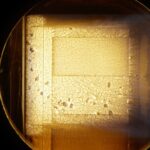 012024 in Review: Highlights from NASA in Silicon Valley
012024 in Review: Highlights from NASA in Silicon Valley -
 02Panasonic Leica Summilux DG 15mm f/1.7 ASPH review
02Panasonic Leica Summilux DG 15mm f/1.7 ASPH review -
 03How New NASA, India Earth Satellite NISAR Will See Earth
03How New NASA, India Earth Satellite NISAR Will See Earth -
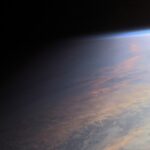 04And Thus Begins A New Year For Life On Earth
04And Thus Begins A New Year For Life On Earth -
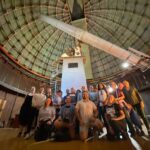 05Astronomy Activation Ambassadors: A New Era
05Astronomy Activation Ambassadors: A New Era -
06SpaceX launch surge helps set new global launch record in 2024
-
 07Space Force plans new ‘Futures Command’ amid pressure to speed up modernization
07Space Force plans new ‘Futures Command’ amid pressure to speed up modernization
